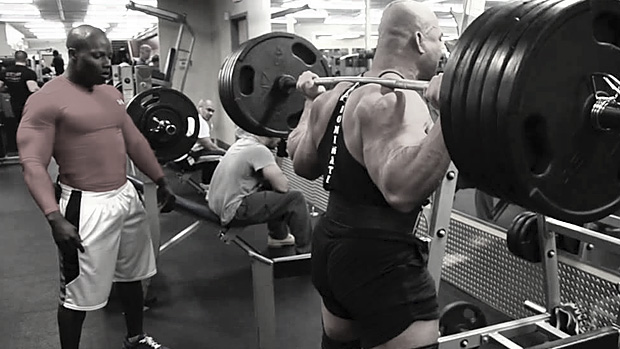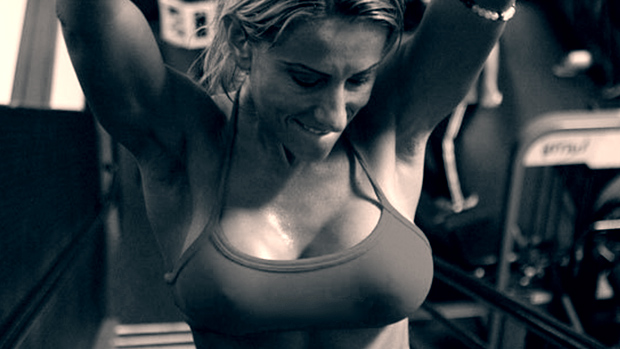The Reeves deadlift, which typically uses a traditional barbell, is an old-school exercise developed by bodybuilder Steve Reeves. Unfortunately, it involves such a wide grip that it tends to be fairly awkward for many lifters, making it difficult to overload.
You can fix this by doing it with a trap bar since the grip placement tends to be 25-30% narrower than Olympic barbells.
With a trap bar, you can use a grip that's wide enough to crush the traps yet not so wide that it feels difficult to grip the plates. As a result, it allows you to overload the daylights out of your traps while placing them in a significantly stretched position. Your traps and upper back will be sore for days.
As an added bonus, this exercise involves a more natural starting position with solid 90-degree joint angles as opposed to the barbell variation that requires you to stoop down much lower to reach the plates.
In fact, the standard Reeves deadlift, although it involves lighter loads, is also known for being hard on the low back for this very reason. But the trap bar version allows you to maintain a more neutral spine due to a better pulling height. And the weight can be placed closer to your center of mass rather than in front – a great benefit of the trap bar.
So the starting position is lower-back friendly and biomechanically sound, which means you can handle heavy loads in a safe fashion thereby maximizing the hypertrophy stimulus to the entire body, including the traps and upper back.
You can also do other unique exercises with this setup, including bent over rows, farmer's walks, RDLs, squat jumps, lunges, jump shrugs, and more.




